Optimal Timing for Concrete Leveling
Concrete levelings are most effective when performed during periods of stable weather and moderate temperatures. Proper timing ensures optimal adhesion and curing, reducing the risk of future settling or cracking. Understanding seasonal and environmental factors can help determine the ideal time for this process.
Ideal for concrete levelings due to moderate temperatures and lower humidity levels. This period allows for effective curing and minimizes weather-related disruptions.
Suitable when temperatures are still warm but humidity decreases. Ensures proper setting and reduces the risk of thermal expansion issues.
Good for leveling projects as temperatures are cooler, and there is less rainfall, promoting optimal curing conditions.
Extreme cold and freezing temperatures hinder the curing process and can cause additional cracking or shifting in the concrete.
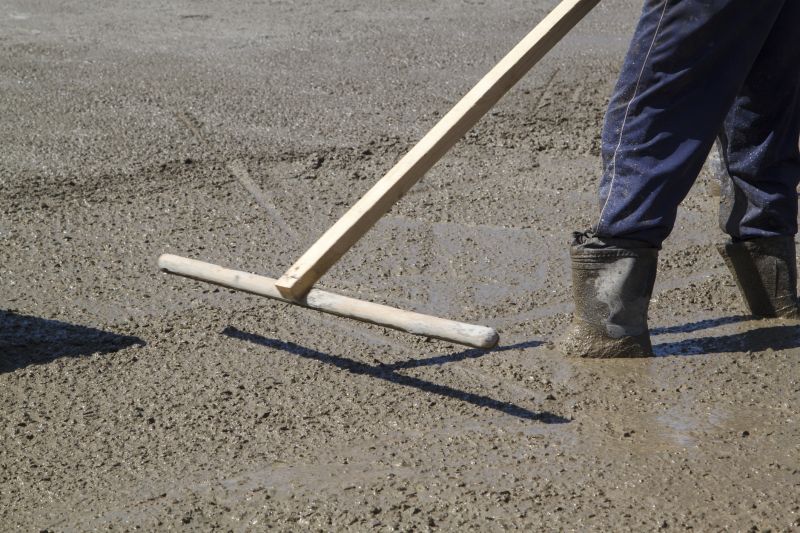
Ways to make Concrete Levelings work in tight or awkward layouts.

Popular materials for Concrete Levelings and why they hold up over time.
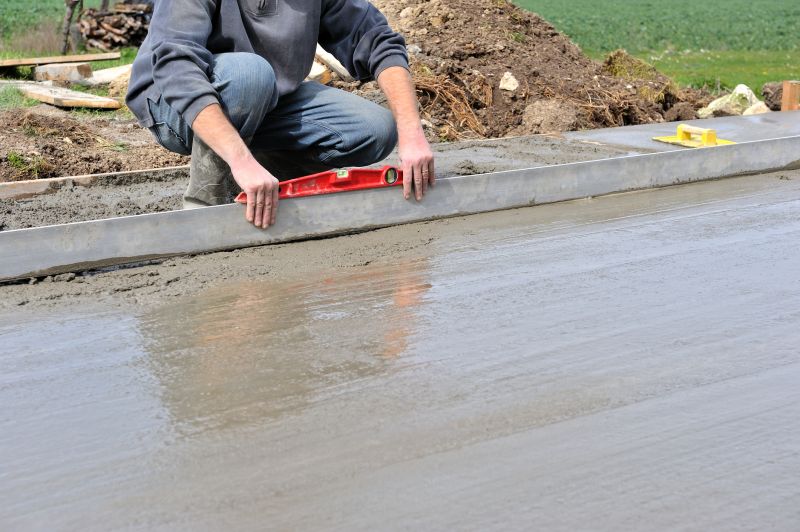
Simple add-ons that improve Concrete Levelings without blowing the budget.
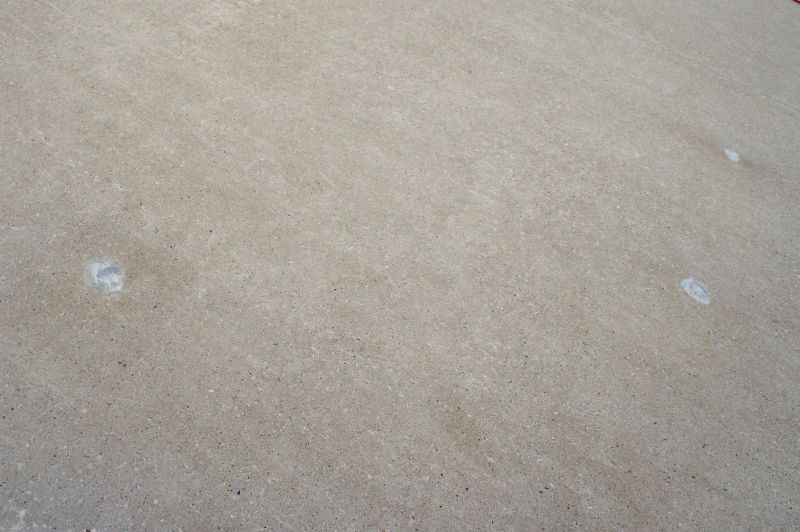
High-end options that actually feel worth it for Concrete Levelings.
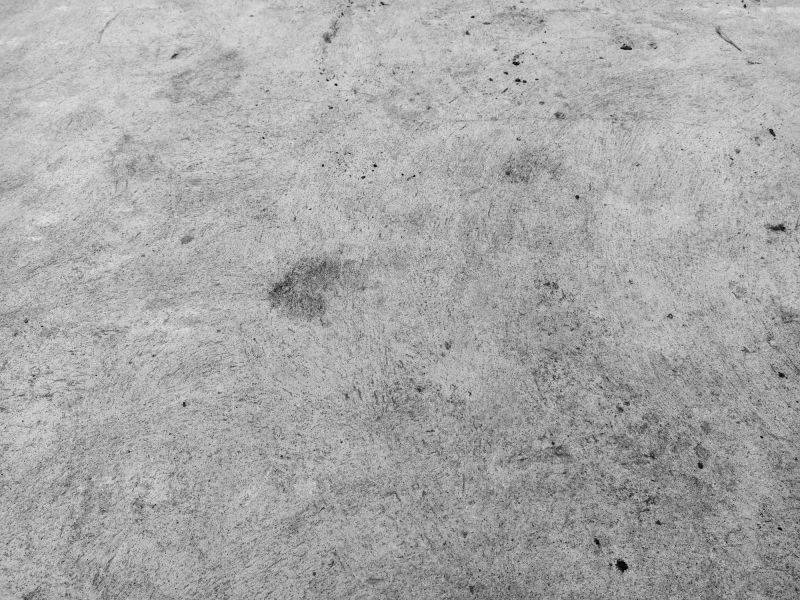
Finishes and colors that play nicely with Concrete Levelings.
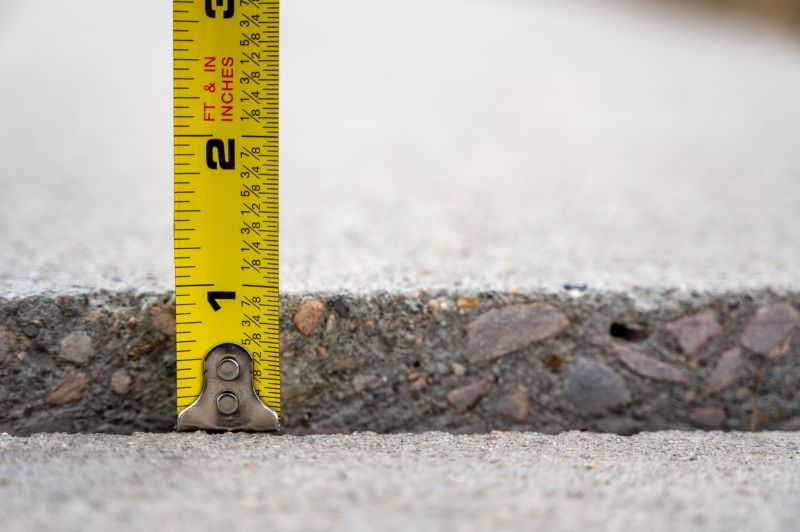
Little measurements that prevent headaches on Concrete Levelings day.
| Season | Optimal Conditions |
|---|---|
| Spring | Moderate temperatures, low humidity, ideal for curing |
| Summer | Warm temperatures, low humidity, effective for setting |
| Fall | Cooler temperatures, dry weather, suitable for leveling |
| Winter | Cold, freezing temperatures, unsuitable for concrete work |
| Late Summer | Warm but less humid, good for curing |
Concrete levelings involve raising and leveling uneven slabs to restore a smooth, functional surface. This process typically uses polyurethane foam or other materials to lift the concrete without extensive demolition. Proper timing enhances the durability and longevity of the repair, making it a cost-effective solution for addressing uneven surfaces.
Statistics indicate that performing concrete levelings during optimal weather conditions can extend the lifespan of the slab by preventing cracks and shifts caused by temperature fluctuations and ground movement. The process is often completed quickly, reducing inconvenience and allowing for immediate use of the area afterward.
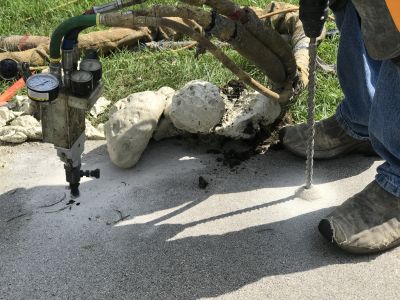
A 60-second routine that keeps Concrete Levelings looking new.
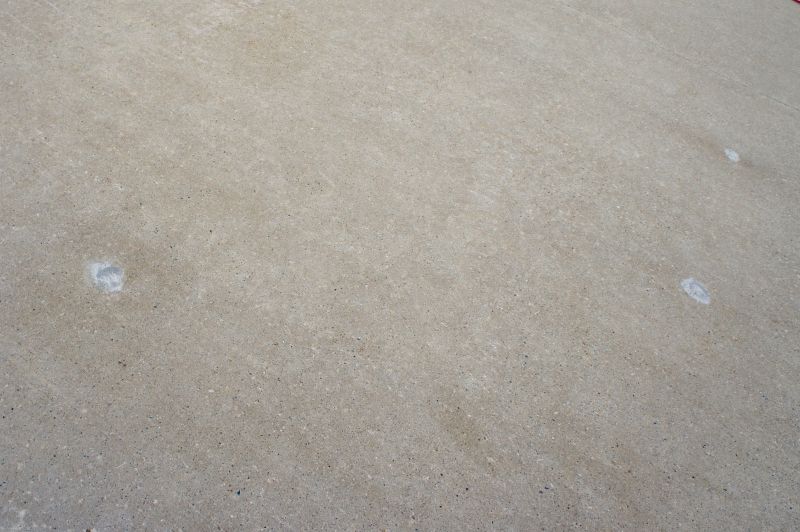
A frequent mistake in Concrete Levelings and how to dodge it.
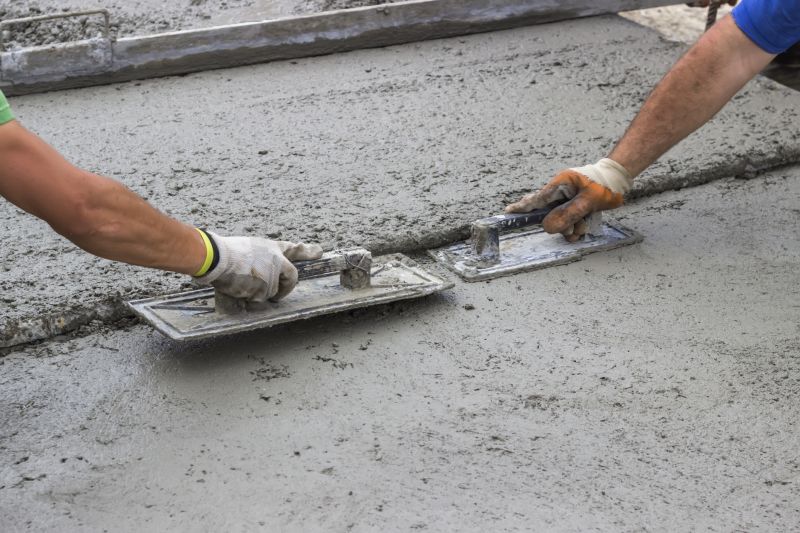
Small tweaks to make Concrete Levelings safer and easier to use.
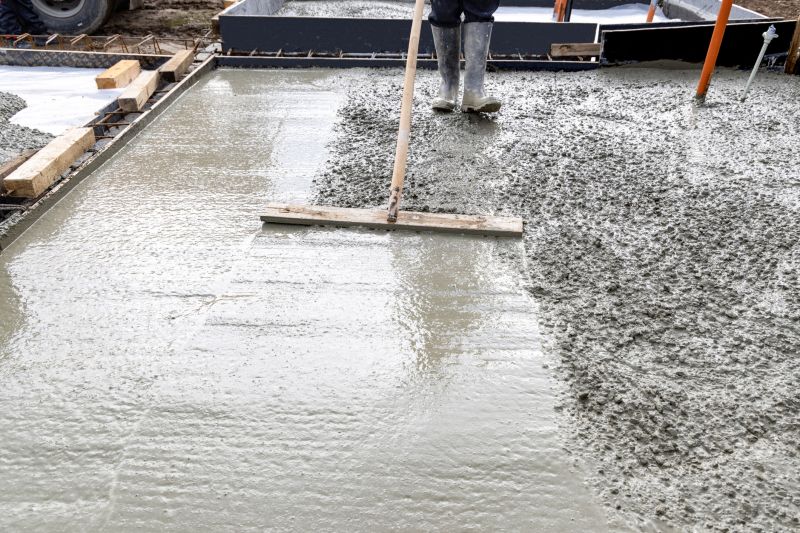
Lower-waste or water-saving choices for Concrete Levelings.
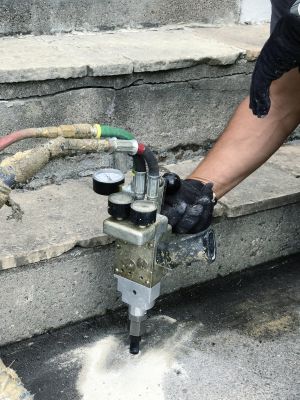
The short, realistic tool list for quality Concrete Levelings.
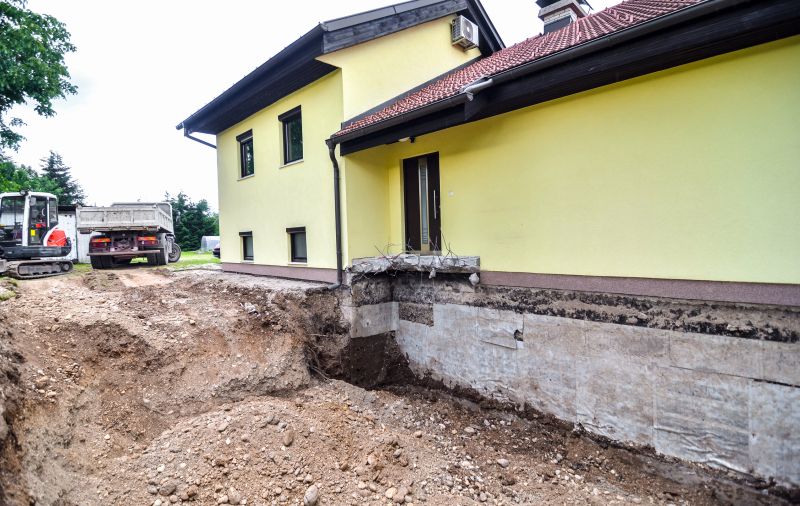
Rough timing from prep to clean-up for Concrete Levelings.

Quick checks and paperwork to keep after Concrete Levelings.
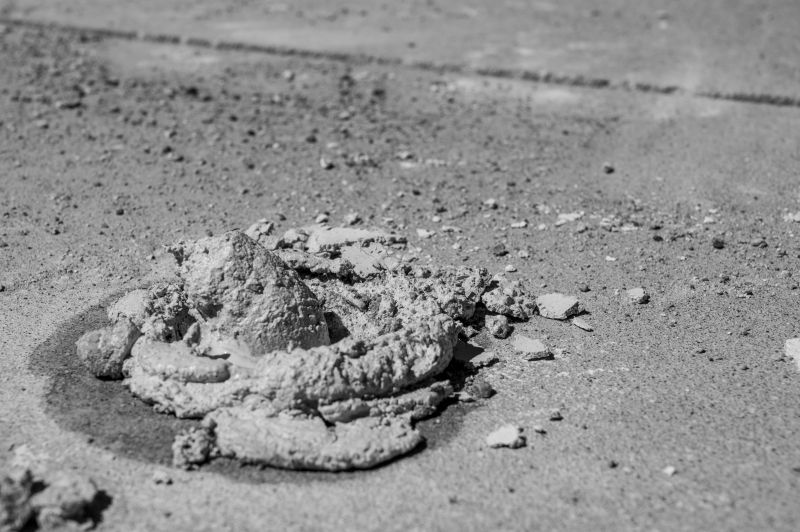
Examples that show the impact a good Concrete Levelings can make.
Those interested in concrete levelings are encouraged to contact for more detailed information. Proper timing and execution can significantly improve the appearance and safety of concrete surfaces, making timely scheduling essential.
